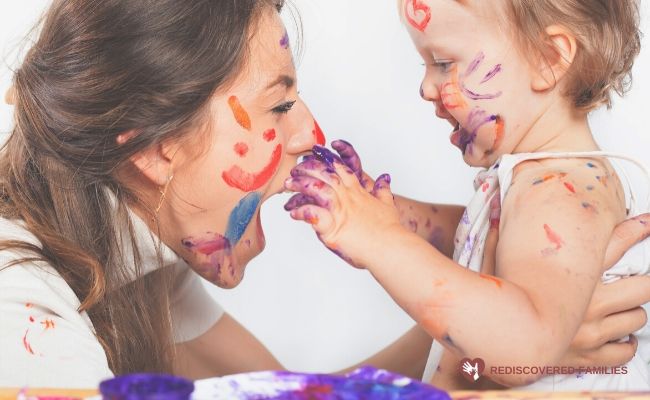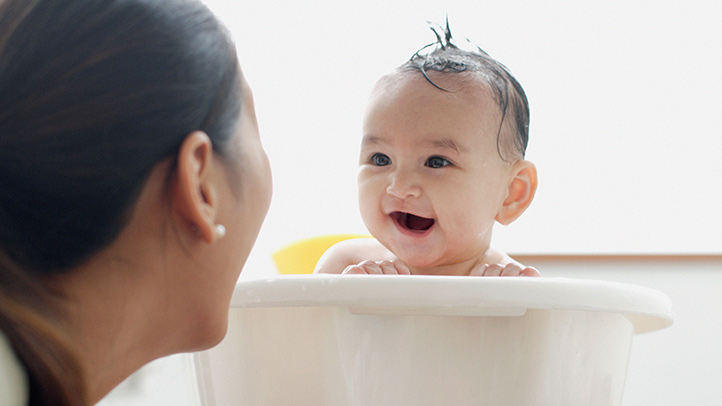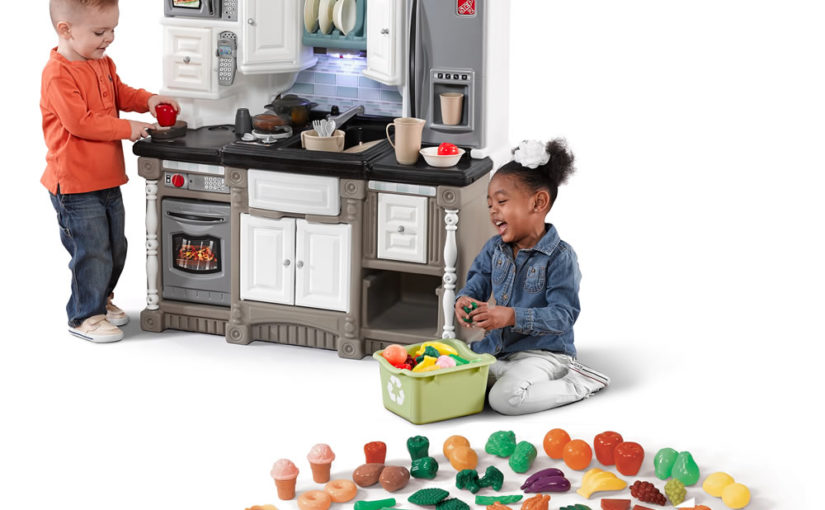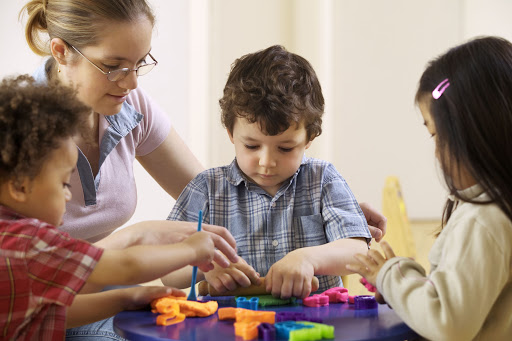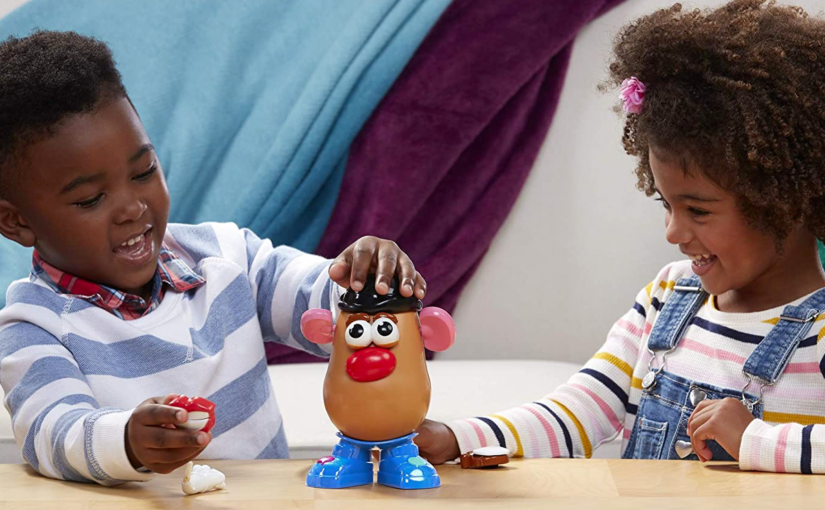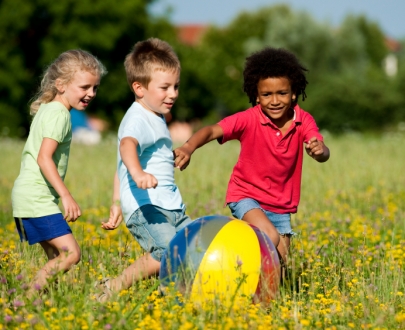Arts and crafts can be a fun way to keep children engaged with learning many different language concepts while their little hands are busy and out of any trouble they may find😊. Even if you only have a few “art” supplies and no “artistic” ability, children will enjoy spending time with you creating, not even realizing they are learning at the same time! Use whatever supplies you have, get creative! Depending on how old your child is, monitor the curiosity of putting the tools you are using in their little mouths. Whatever you are using, crayons, markers, paint, your children can learn through observation, following directions, or through their own imagination. Label the colors you use as you show them making lines or circular motions. This is also a good way to make silly sounds for your child to imitate as you teach them scribbling(wheee while making circles, zoom while scribbling back and forth, or zip while scribbling up and down, dot-dot-dot while making dots). Body parts can be taught while drawing faces or simple sketches of people. Think about objects your child may see around them on a regular basis and provide them with choices of what you can “make” or “draw” for them. If they choose, model a short sentence to tell them what you made after you draw it, “I made a cat!” You can also use choices as a way for your child to choose a color they want, material they want(paint vs markers), or project they want to do(make a mask, draw a picture, etc). Teach them the names of the materials you have to use and incorporate some turn taking if possible. For example, “I have the glue, it’s sticky!” “Do you want some glue?” “My turn with the crayons please”. Use whatever you have, paper plates, paper bags, ingredients you have in the kitchen, shoe boxes, etc. There are a ton of creative ideas at your fingertips in a simple internet search! Your children will be learning ways to gain so many developmental skills and engaging their sensory system at the same time(seeing bright colors, touching different textures, smelling different smells, etc). Most importantly, use a ton of language to describe what you are doing, what your child is doing, and what has been created. Have fun, get messy, and get creative!
Words/sounds to include: names of objects being used, colors, paint, color, rip, draw, cut, dip, wet, sticky, big, little, water, wheeee, dot, zoom, zip, messy, wipe, etc.
